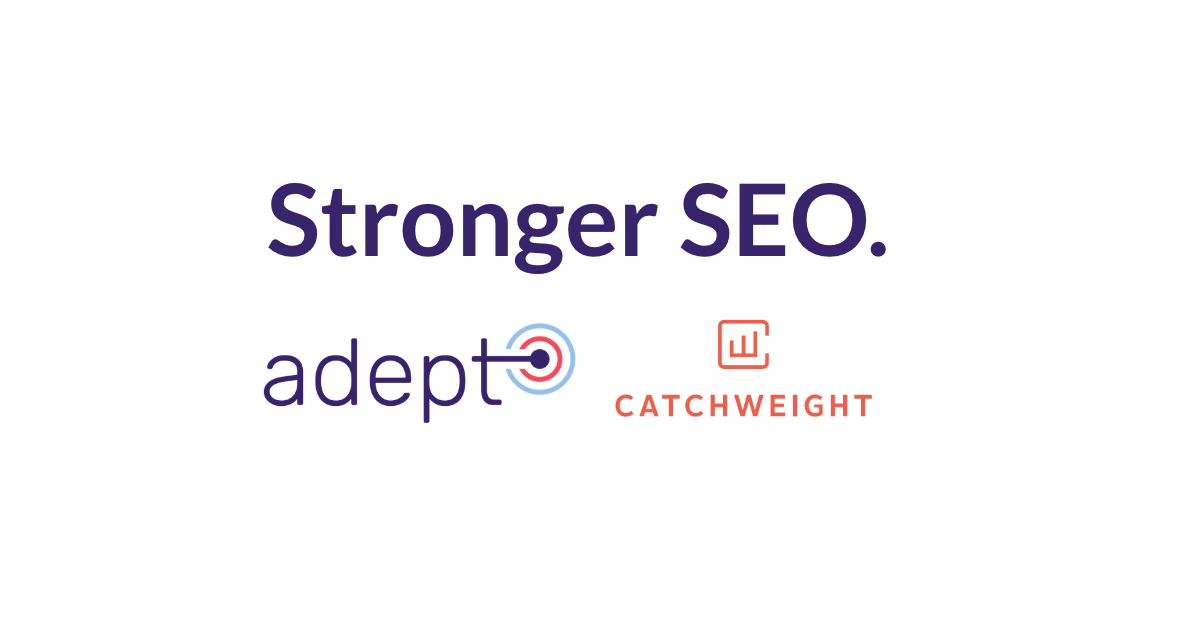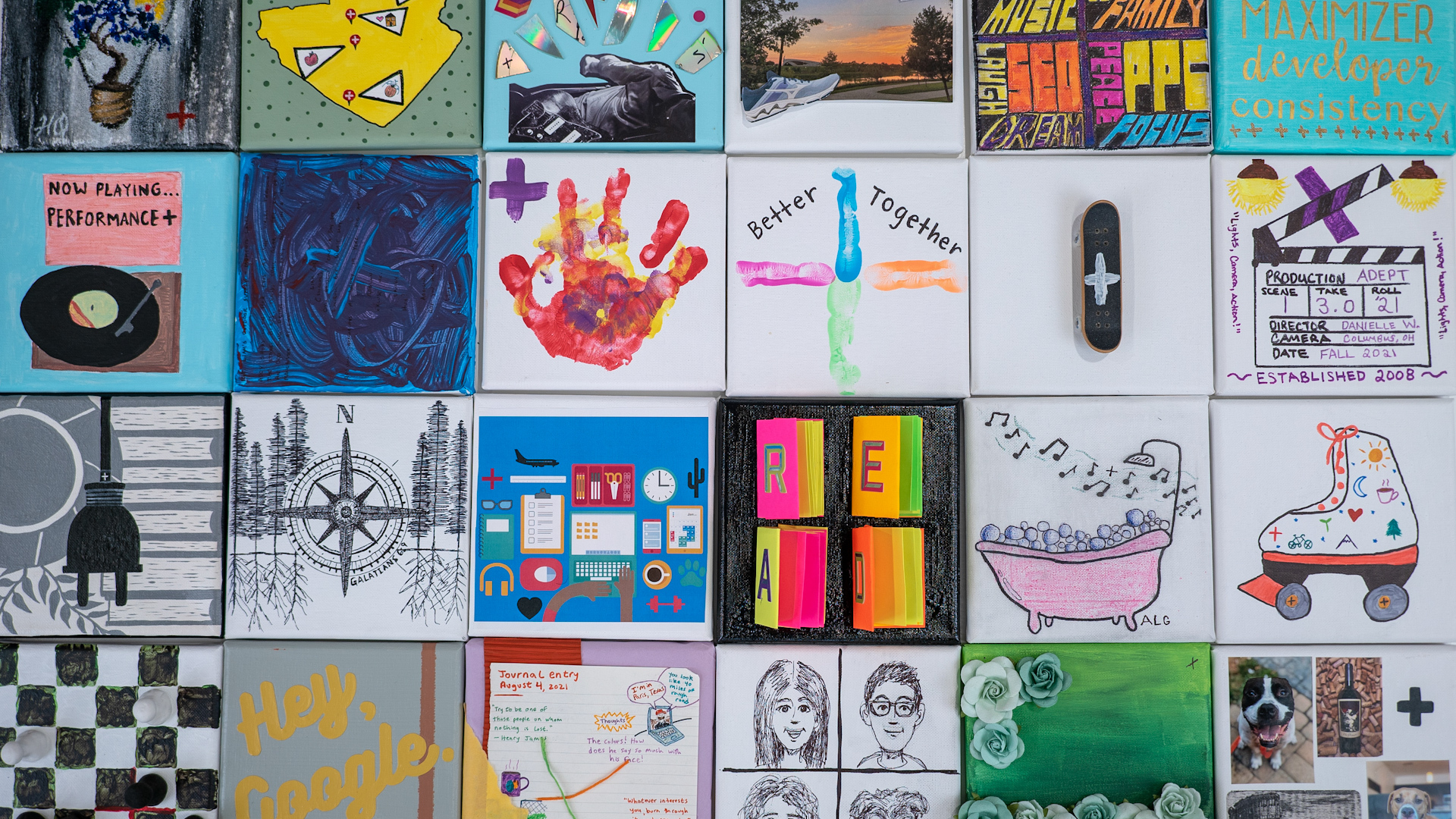5 Top Digital Marketing Trends to Watch in 2023
The world of digital marketing is so fast-moving that staying on top of the basics is a full-time job. But to really put your business in the best position, you can’t just be on top of what’s going on, you need to see what’s coming down the road—tomorrow, next month, next year. We can help. Our subject matter experts stay immersed in the areas you need to know about, tracking minor blips and major changes, and they’ve pulled together 5 hot digital marketing trends for 2023.
AI content on the rise
In the past few years we’ve watched artificial intelligence tools march their way off movie sets and across industries, transforming how we do business. Now, more verisimilitude than science fiction, these tools are quickly learning not just how to do the work of humans, but how to do it better. For AI, content is the next horizon. Content generators. Writing assistants. Writing software. They go by different names, but all these AI tools use machine learning techniques to generate copy that sounds like it came from a human.
And where content goes, there goes search, which is why we’re keeping a close eye. While AI content tools aren’t perfect (yet), the options are growing and the programs are improving. OpenAI’s recent release of ChatGPT is making headlines and for good reason. This latest evolution of AI-generated content can answer complex questions as well as create written content (perhaps a little better than GPT-3). It’s not crazy to wonder if ChatGPT might potentially supplement or replace search engines and content creators.
AI content generators are ideal for short- or medium-length copy, and more repetitive tasks that you’d find in construction, manufacturing, finance, and medicine. For content that is longer, based on opinion, requires a specific voice and tone, or needs to draw on emotion, humans are still best. (A tool that offers AI assistance may get the writer started, though.) In 2023, expect businesses to put more energy and dollars into exploring both AI-generated and AI-assisted writing tools. This means more SEO-driven pages, and more content, created faster, just maybe not the best content you’ve ever read. At least not yet. Now is a good time to see if they’re right for your organization.
Life after Google
Okay, Google’s not going anywhere—it still owns more than 90% of the search market and maybe 100% of how we talk about search—but when you’re planning your search strategy, know that it is by no means the only popular engine on the block. Especially if you’re thinking about younger users. Nearly 40% of Gen Z users said they start their searches on TikTok or Instagram. Don’t forget YouTube, which is often credited with being the second-largest search engine, or Amazon, where more than 50% of product searches begin. When people like a platform, they hang out there. We saw it first with shoppable experiences. Users wanted to buy where they were already browsing. Now we’re seeing search establish itself in those same channels of preference. With online content mushrooming every day and search being such an instinctual—and necessary—part of consumer behavior, people see search engines everywhere, so businesses should too.
Personalization sophistication
Somewhere between “you may also like” suggestions, retargeting, and borderline-creepy marketing messages that pull in users’ names and likenesses, there is a sweet spot of personalization. Where that sweet spot is may be different in nearly every situation, but web visitors expect some version of it—especially on ecommerce sites. Personalization is not just table stakes in B2B marketing. It’s an increasingly larger priority, and the risk of doing it poorly is growing as well. Fortunately, we’re seeing a marked increase in sophistication, with sites providing better, more relevant experiences to customers.
Reinvention of paid search
Maybe Google can see TikTok, Instagram, and Amazon a little too clearly in its rear-view mirror. Or maybe it’s just reading the room and seeing that searchers are looking for more than single answers to direct questions, but visual, interactive explorations that lead them on a journey, not just to a destination. Either way, paid search is transforming. Again. The ongoing changes to keyword match rules have kept search marketers on their toes for nearly a decade. Machine learning and automation have shifted how ads are written. And when we said goodbye to third-party cookies—and all the demographic and behavior data they brought with them—search recalibrated to hone in on intention, not audience. And today, as the world’s biggest search engine—and the internet itself—become more visual, exploratory, oblique, and interactive, paid search has to keep up. If you want your paid search to stand out next year, look into utilizing Google’s newest ad format, Performance Max, a new holistic approach that uses AI to engage the audience through keywords.
Browsable ad experiences
No matter what question, need, or interest drives people to the web, more and more the expectation is that they’ll be entertained or at least engaged when they get there. Content is rich—creatively and technically—and display ads are working hard to keep up. Gone are the days of heavy text ads. Think more creative ads with product images, videos, and, of course, prices. Plus, more creative support in the ad creation process, including live feedback on ad strength, with ratings and actionable guidance from optimization scoring. Better targeting, new audience insights, and campaign management tools, too, all designed to help optimize performance even further. And thanks to the mobile-first approach to content, expect ads to be more phone-friendly, so the experience itself won’t disappoint (as much) either. With so many new advancements, tools, and features available, make sure your digital marketing partner has the resources and expertise to help your brand navigate how and when to best implement them.

